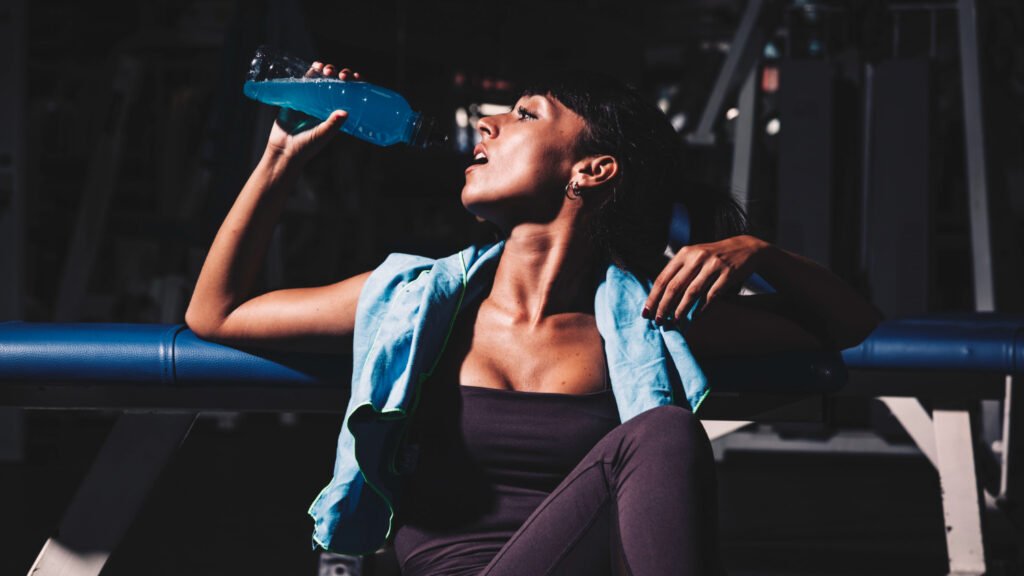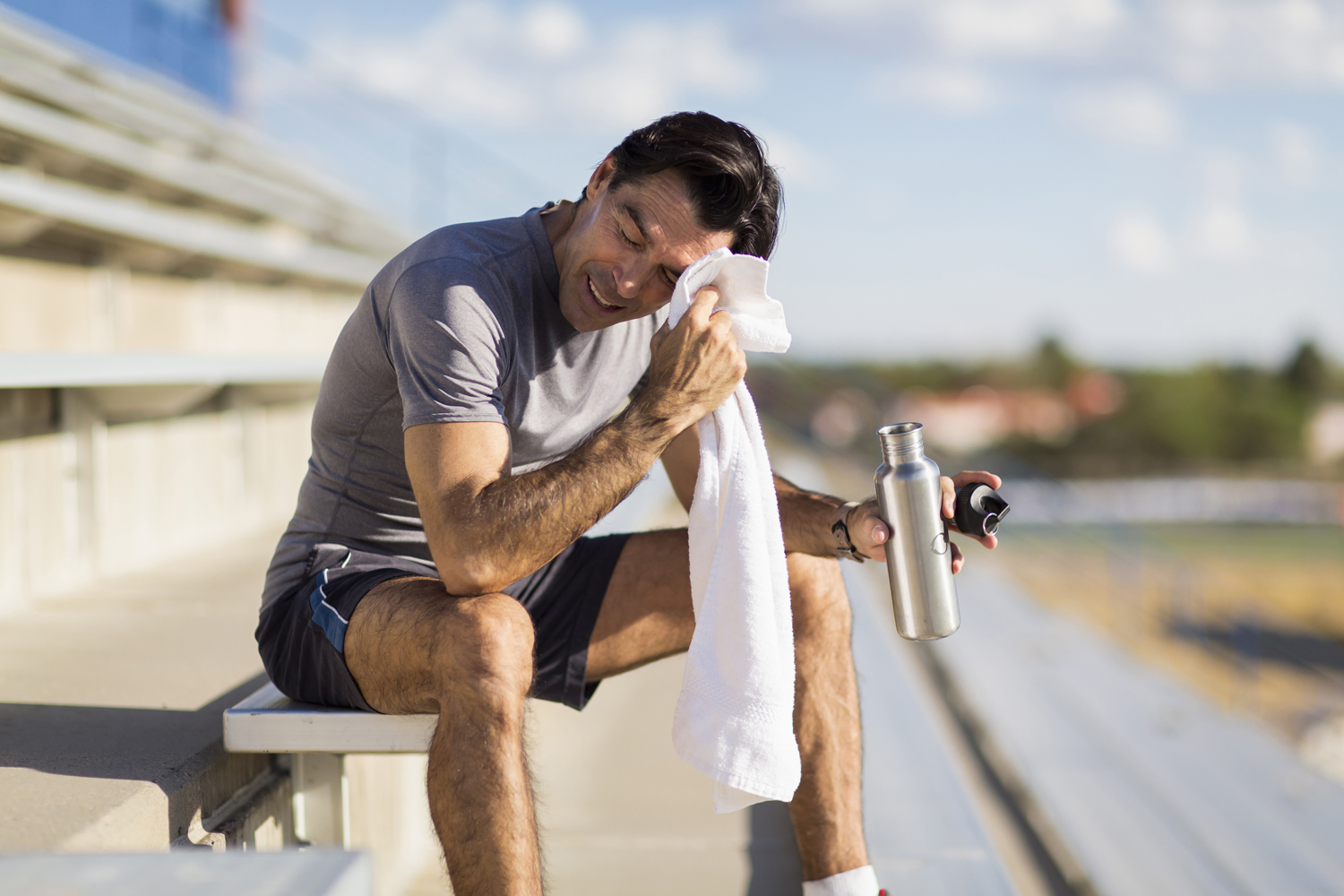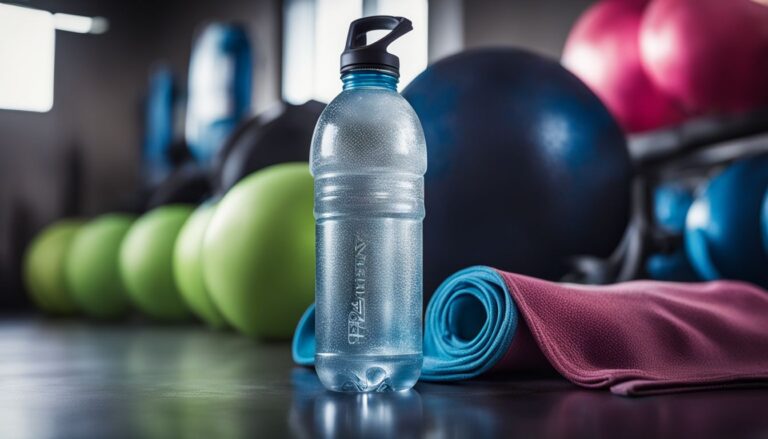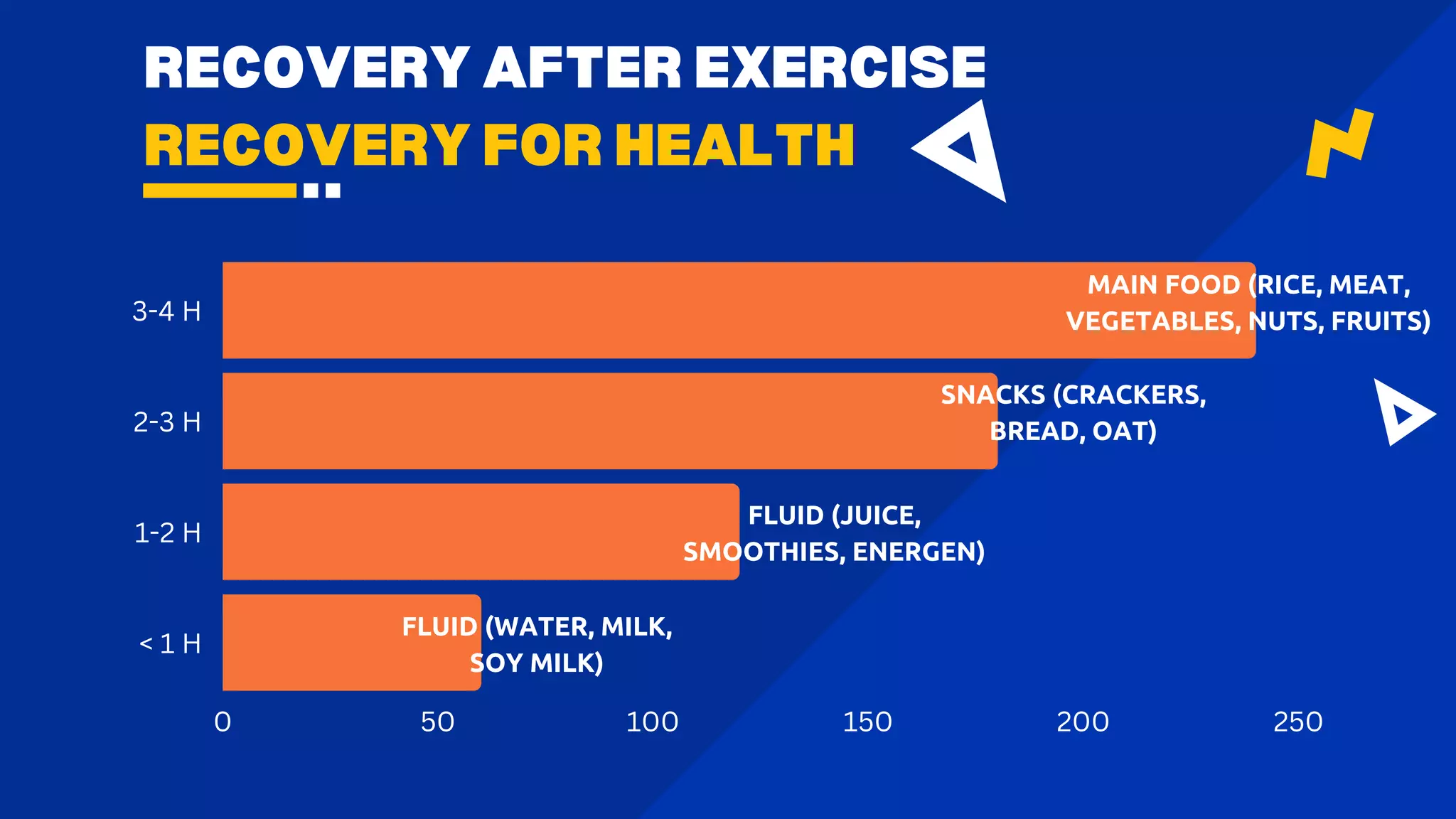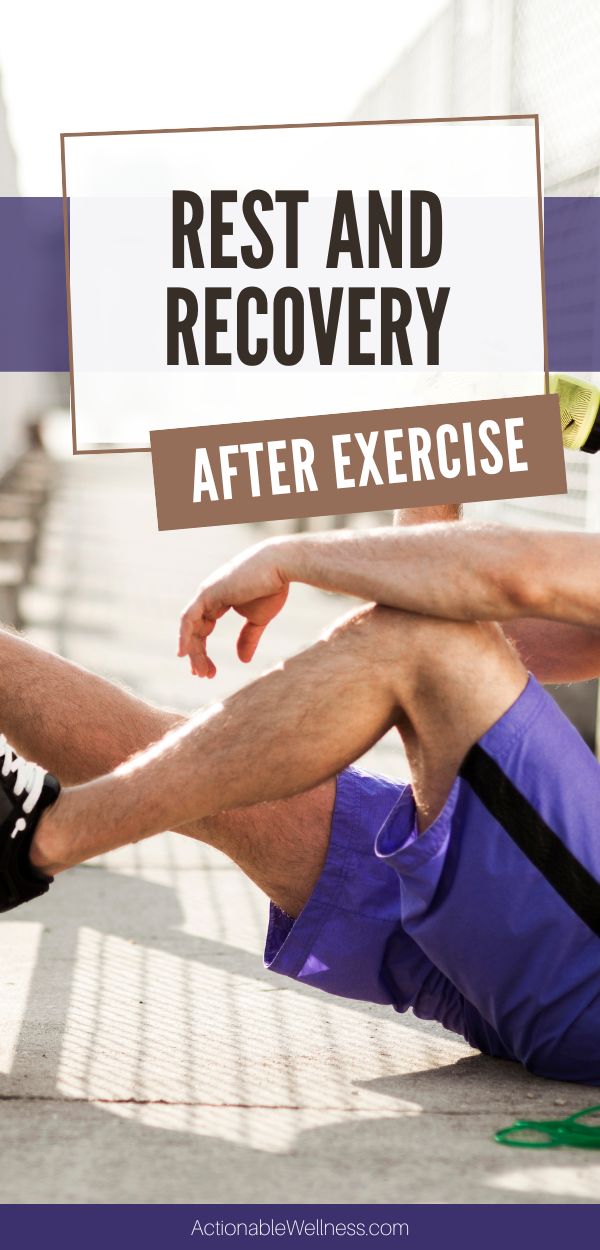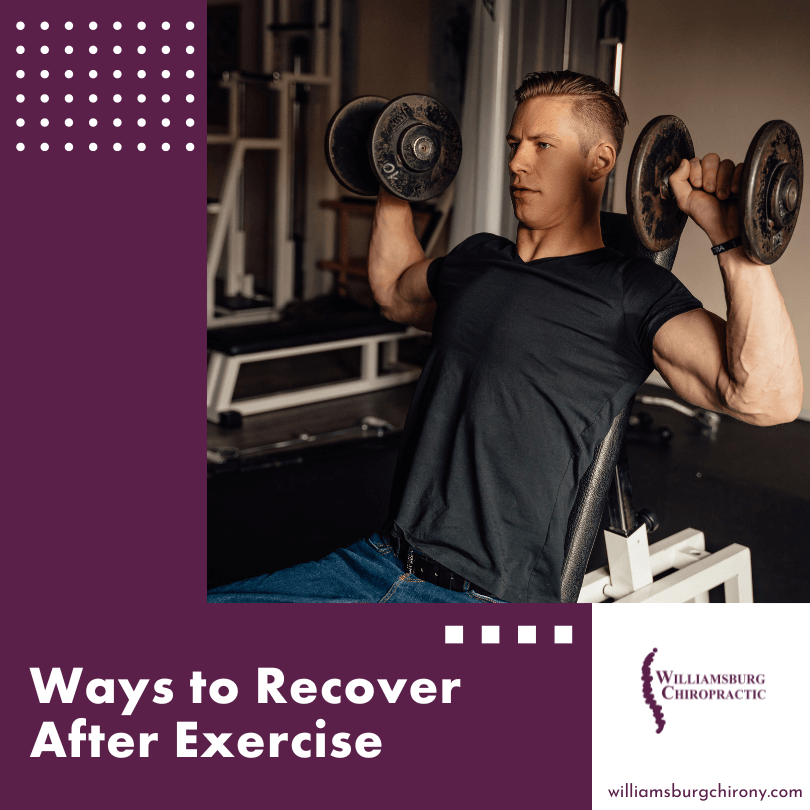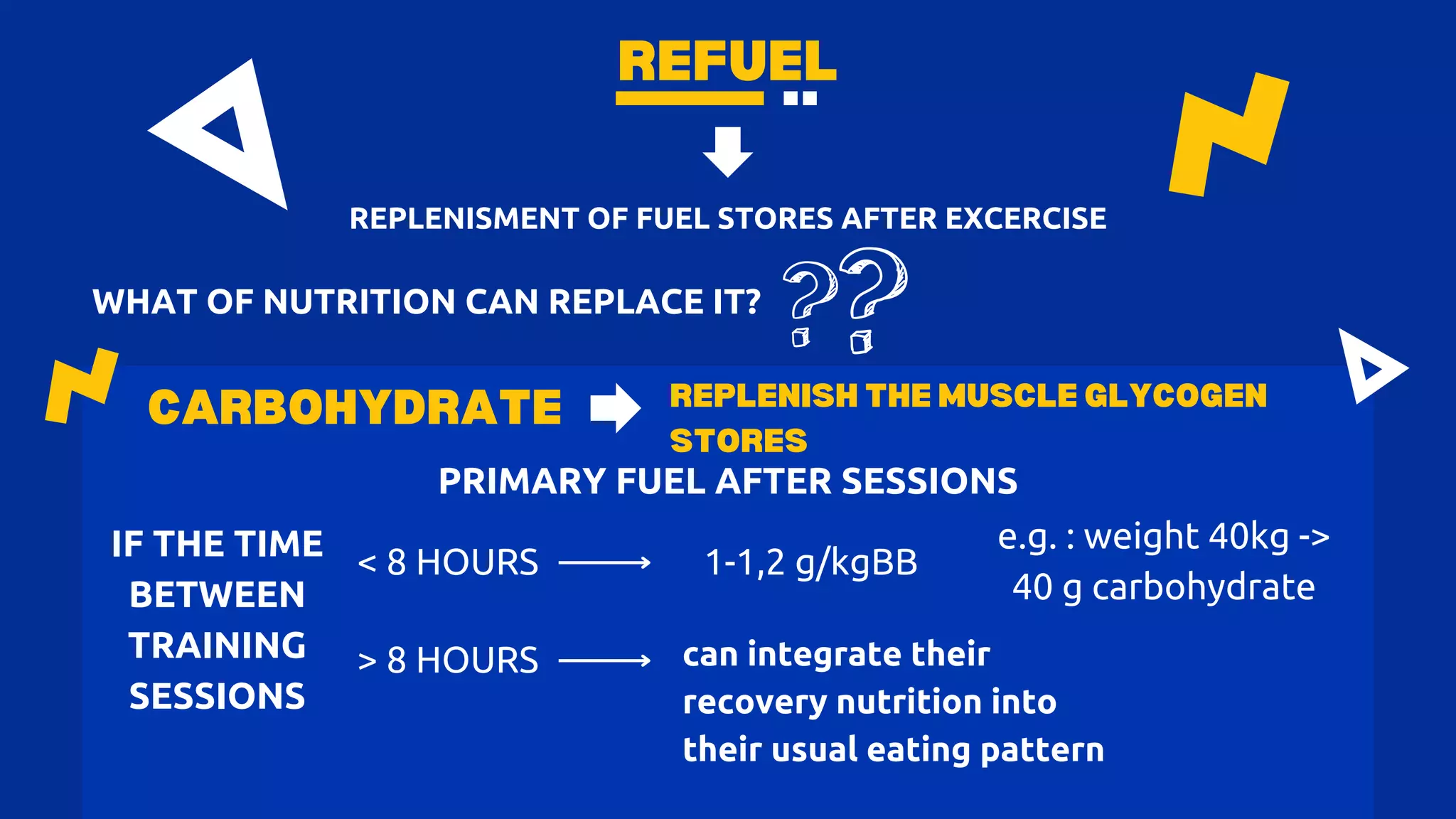How Is Perspiration Related To Recovery After Exercise

Imagine this: The sun beats down on the track as you push through your final sprint. Your lungs burn, muscles ache, but a sense of accomplishment washes over you as you cross the finish line. Beads of sweat trickle down your forehead, a testament to the effort you've poured into your workout.
But what exactly is that perspiration, and more importantly, how does it relate to your body's recovery process after exercise? Sweating is not just about cooling down; it plays a far more nuanced role in how your body bounces back from physical exertion.
Let's delve into the science behind sweat and explore its fascinating connection to post-exercise recovery. We will look into how it impacts hydration, electrolyte balance, and overall well-being.
The Science of Sweat: More Than Just Cooling
Sweat, primarily composed of water, also contains electrolytes like sodium, potassium, calcium, and magnesium. These electrolytes are crucial for maintaining fluid balance, nerve function, and muscle contractions. When you exercise, your body temperature rises, triggering sweat glands to release this fluid onto the skin's surface.
As the sweat evaporates, it cools the body down, preventing overheating. This thermoregulation is essential for maintaining optimal bodily function during and after intense physical activity.
According to the American College of Sports Medicine (ACSM), the primary function of sweat is to regulate body temperature, highlighting its importance in preventing heat-related illnesses during exercise.
Sweat and Hydration: A Balancing Act
Dehydration can significantly impair recovery. When you sweat, you lose fluids, and if these fluids aren't adequately replaced, it can lead to a decrease in blood volume, reduced oxygen delivery to muscles, and increased fatigue.
Proper hydration, therefore, is crucial for replenishing lost fluids and facilitating the recovery process. Drinking water before, during, and after exercise helps maintain optimal hydration levels, supporting muscle repair and reducing soreness.
Staying adequately hydrated is not merely about quenching thirst; it's about ensuring your body has the resources it needs to repair and rebuild after a workout.
Electrolyte Loss and Replenishment: Fueling Recovery
Electrolytes lost through sweat play a critical role in muscle function and nerve transmission. Sodium, for instance, is vital for maintaining fluid balance and muscle contractions. Potassium is essential for nerve function and helps regulate blood pressure.
When these electrolytes are depleted, it can lead to muscle cramps, fatigue, and impaired performance. Replenishing electrolytes through sports drinks or electrolyte-rich foods can help restore balance and support recovery.
According to a study published in the Journal of the International Society of Sports Nutrition, electrolyte supplementation can improve performance and reduce muscle cramps during prolonged exercise.
Individual Sweat Rates: A Personalized Approach
Sweat rates vary significantly from person to person. Factors such as genetics, fitness level, environmental conditions, and exercise intensity all influence how much you sweat. A highly trained athlete may sweat more efficiently than someone who is less active.
Understanding your individual sweat rate is key to tailoring your hydration and electrolyte replacement strategies. A simple sweat test can help estimate how much fluid you lose during exercise, allowing you to create a personalized hydration plan.
Paying attention to your body's signals, such as thirst and the color of your urine, can also provide valuable insights into your hydration status.
Beyond Hydration: Other Benefits of Sweating
While hydration and electrolyte balance are paramount, sweating may offer other benefits that contribute to recovery. Some studies suggest that sweating can help detoxify the body by eliminating waste products and toxins through the skin.
Sweating also plays a role in skin health by helping to clear pores and improve circulation. This can contribute to a healthy complexion and overall well-being.
These additional benefits, though not as directly related to muscle recovery, contribute to the overall feeling of revitalization after a good workout.
Practical Tips for Managing Sweat and Enhancing Recovery
To maximize the benefits of sweating and optimize your recovery, consider these practical tips. First, hydrate adequately before, during, and after exercise. Drink water or a sports drink to replace lost fluids and electrolytes.
Second, wear breathable clothing to allow sweat to evaporate efficiently. This helps regulate body temperature and prevent overheating. Finally, consume a balanced diet rich in electrolytes, such as fruits, vegetables, and dairy products.
According to the National Academy of Sports Medicine (NASM), proper nutrition and hydration are essential components of a comprehensive recovery plan.
The Role of Cooling Strategies
Beyond hydration, external cooling strategies can aid recovery. Techniques like ice baths, cold showers, and cooling towels can help reduce inflammation, muscle soreness, and fatigue.
These methods work by constricting blood vessels, reducing blood flow to the muscles, and flushing out metabolic waste products. While not directly related to sweating itself, these cooling strategies complement the body's natural cooling mechanisms.
These strategies provide external assistance to the body's internal cooling processes, optimizing recovery after intense exercise.
Listen to Your Body
Ultimately, the key to understanding the relationship between sweat and recovery lies in listening to your body. Pay attention to how you feel before, during, and after exercise. Adjust your hydration and electrolyte intake based on your individual needs and sweat rate.
Recognize the signs of dehydration and electrolyte imbalance, such as fatigue, muscle cramps, and dizziness. Seek guidance from a healthcare professional or certified trainer if you have concerns about your hydration or recovery strategies.
Personalized approach to hydration and recovery is paramount for optimizing performance and preventing injuries.
Sweat: A Natural Ally in Recovery
Sweating is not just an inconvenience; it's a natural and essential physiological process that plays a vital role in post-exercise recovery. By understanding the science behind sweat, you can make informed choices about hydration, electrolyte replacement, and cooling strategies.
Embrace the sweat as a sign of your hard work and dedication. It's a reminder that your body is working to cool down, rehydrate, and rebuild, preparing you for your next challenge.
So, the next time you feel the beads of sweat on your brow, remember that it's a sign of your body's remarkable ability to adapt and recover, helping you to come back stronger than ever.


